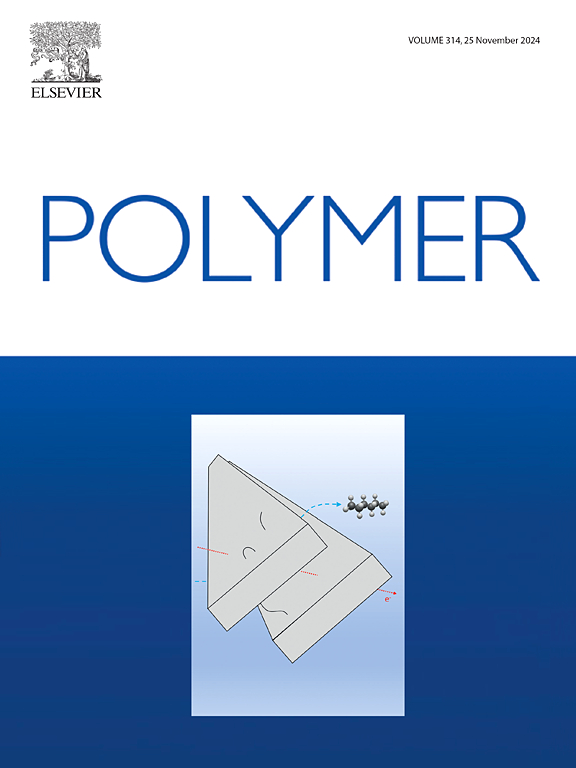Phosphatidylcholine toughed phenolic foam with highly improved toughness and fire safety
IF 4.1
2区 化学
Q2 POLYMER SCIENCE
引用次数: 0
Abstract
Phenolic foams (PF) are pivotal materials for insulation applications but are plagued by high friability. Achieving mechanical toughening and smoke suppression without sacrificing its inherent flame retardancy advantages remains a great challenge. In this work, we demonstrate the high efficiency of phosphate- and ammonium-containing phosphatidylcholine (L) in simultaneously imparting PF with excellent mechanical toughness, flame retardancy, and smoke suppression. By employing long flexible alkyl chains, ionic group-mediated interactions, and in situ-formed nanopores, remarkable enhancements in displacement (+32.7 %) and impact toughness (+49.6 %) are achieved, where the porous structures remain intact even after mechanical tests. Notably, the addition of L does not destroy but greatly improves the thermal insulation and fire safety of PF. Upon exposure to fire, phosphate and ammonium groups degrade into abundant noncombustible gases and phosphorus species to dilute flammable gases, terminate radicals, and form intact physical protective barriers, synergistically improving fire safety. The resulting L1-PF exhibited a highly improved limiting oxygen index of 44 %, UL-94 V0 rating, heat release decrease of 27.8 %, and fire spread rate decrease of 47.7 % at a low L loading of 1 wt%. Moreover, a remarkable decrease of 53.1 % in smoke density over that of pure PF is achieved upon further increase in L, collectively revealing its high efficiency and multifunctional integration on improving toughness and fire safety. This work presents an efficient way to address the pressing issue of PF to simultaneously achieve toughness enhancement and smoke suppression without sacrificing its inherent flame retardancy.


求助全文
约1分钟内获得全文
求助全文
来源期刊

Polymer
化学-高分子科学
CiteScore
7.90
自引率
8.70%
发文量
959
审稿时长
32 days
期刊介绍:
Polymer is an interdisciplinary journal dedicated to publishing innovative and significant advances in Polymer Physics, Chemistry and Technology. We welcome submissions on polymer hybrids, nanocomposites, characterisation and self-assembly. Polymer also publishes work on the technological application of polymers in energy and optoelectronics.
The main scope is covered but not limited to the following core areas:
Polymer Materials
Nanocomposites and hybrid nanomaterials
Polymer blends, films, fibres, networks and porous materials
Physical Characterization
Characterisation, modelling and simulation* of molecular and materials properties in bulk, solution, and thin films
Polymer Engineering
Advanced multiscale processing methods
Polymer Synthesis, Modification and Self-assembly
Including designer polymer architectures, mechanisms and kinetics, and supramolecular polymerization
Technological Applications
Polymers for energy generation and storage
Polymer membranes for separation technology
Polymers for opto- and microelectronics.
 求助内容:
求助内容: 应助结果提醒方式:
应助结果提醒方式:


